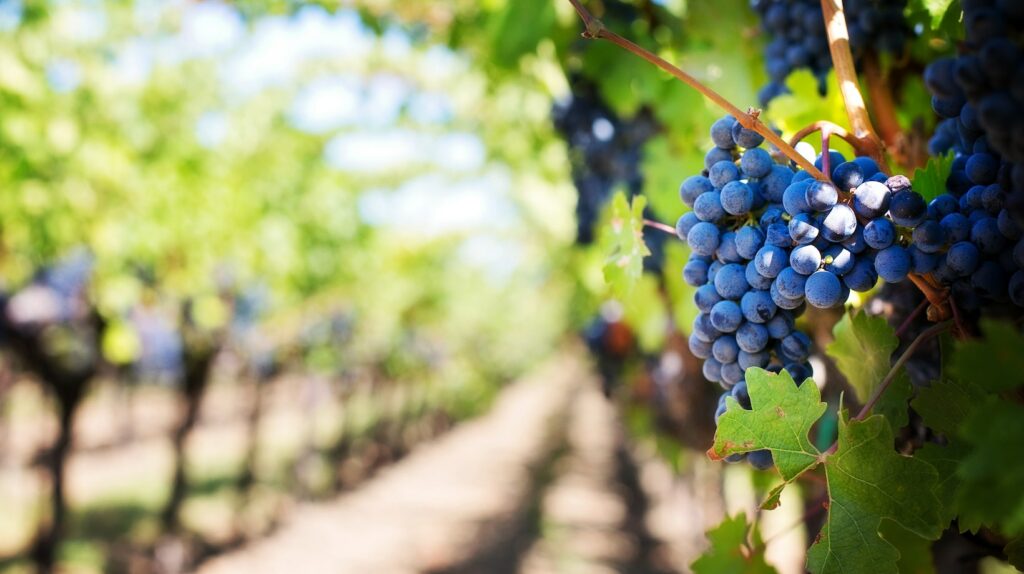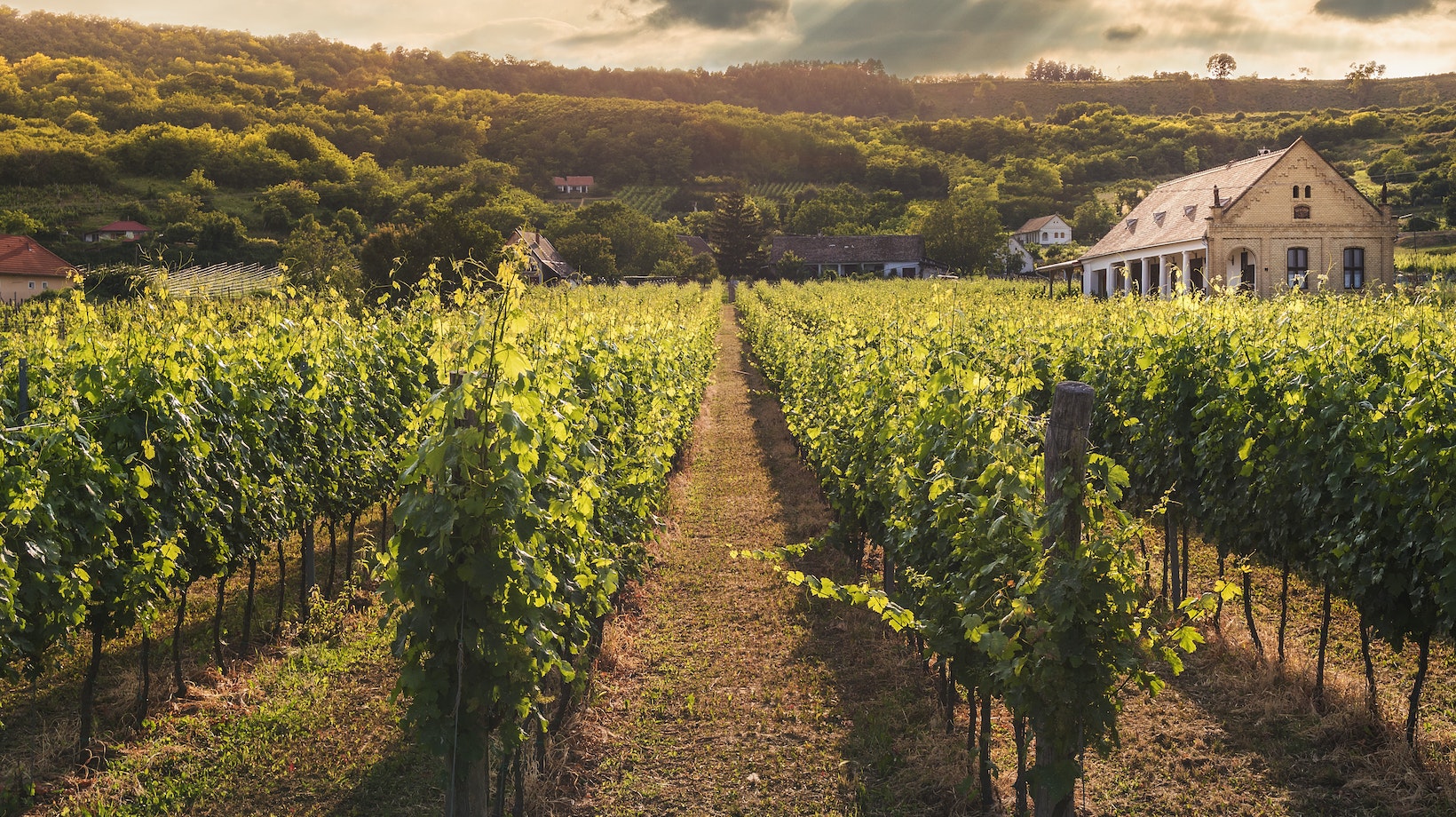
Choosing the Right Location for Your Vineyard: How to Invest in a Vineyard
How to Invest in a Vineyard
When it comes to investing in a vineyard, choosing the right location is crucial. The success of your vineyard depends on various factors, including soil composition and drainage, climate and sunlight requirements, as well as local regulations. Let’s delve into each aspect to help you make an informed decision.
Soil Composition and Drainage
The type of soil in a vineyard plays a significant role in grape quality and overall vine health. Different grape varieties thrive in different soil types, so it’s essential to understand what works best for your desired wine production.
Some common soil types found in vineyards include:
- Sandy Soil: Offers good drainage but may require additional irrigation due to its low water-holding capacity.
- Clay Soil: Retains more water but can be prone to poor drainage if not properly managed.
- Loam Soil: A balanced combination of sand, silt, and clay that provides good drainage while retaining moisture.
In addition to soil composition, adequate drainage is crucial for preventing waterlogged roots and disease. Poorly drained soils can lead to root rot and other issues that can harm your vines’ health. Conducting proper soil tests and consulting with experts will help you identify the right soil type for your desired grape variety.
Climate and Sunlight Requirements
Grapes are sensitive to climatic conditions, making it imperative to choose a location with suitable weather patterns. Factors like average temperature range, rainfall levels, humidity, frost risk, wind exposure should all be considered when selecting the ideal site for your vineyard.
For instance:
- Temperature Range: Most grape varieties prefer moderate temperatures between 50°F (10°C) – 90°F (32°C). Extreme heat or cold spells can affect fruit quality.
- Rainfall Levels: Vineyards typically require around 20-30 inches (50-75 cm) of annual rainfall. However, excessive rainfall can lead to fungal diseases, so a balance is essential.
- Sunlight Exposure: Grapes need ample sunlight for photosynthesis and ripening. South-facing slopes generally receive more sunlight, while north-facing slopes may have cooler temperatures.
Researching the historical climate data of potential vineyard locations will help you assess their suitability for grape cultivation and wine production.
Researching Local Regulations
Before investing in a vineyard, it’s crucial to research local regulations that govern viticulture. Different regions may have specific zoning laws, permits, or restrictions on planting new vineyards or expanding existing ones. Understanding these regulations will ensure compliance and prevent any legal setbacks down the road.
Some key aspects to consider include:
- Appellation Designations: Certain wine regions have specific rules regarding grape varieties allowed for production and labeling requirements.
- Water Rights: In some areas, water availability and rights might be regulated due to scarcity or environmental concerns.
- Environmental Impact: Some jurisdictions require Environmental Impact Assessments (EIAs) before establishing new vineyards to evaluate potential impacts on ecosystems.
By familiarizing yourself with local regulations early on in the process, you’ll be better equipped to navigate the legal aspects of owning and running a vineyard successfully.

Step-by-Step Guide on How to Calculate the ROI for Investing in a Vineyard
- Determine the initial investment: Start by calculating the total amount of money you’ll need to invest in acquiring land, purchasing vines, equipment, labor costs, permits, and any other necessary expenses. This will give you a clear understanding of your initial investment.
- Estimate annual revenue: Research the local market conditions and determine the average price per bottle of wine produced by vineyards in that area. Then estimate how many bottles your vineyard is likely to produce annually based on factors like acreage, grape variety, and yield per acre.
- Calculate annual expenses: Consider all ongoing costs associated with running a vineyard such as labor wages, maintenance expenses (e.g., pruning, fertilizers), utility bills (water and electricity), insurance premiums, taxes, marketing costs, and any other relevant expenditures. Sum up these expenses to get an estimate of your annual outflow.
- Deduct annual expenses from revenue: Subtract your estimated annual expenses from the projected revenue generated by selling your wine bottles each year. The resulting figure represents your net income.
- Determine payback period: Divide your initial investment by the net income generated annually to calculate how long it will take for your vineyard investment to break even or recover its initial cost.
- Calculate ROI: To determine ROI percentage for investing in a vineyard: ROI = [(Net Income / Initial Investment) x 100]
Remember that calculating ROI is just one aspect of assessing an investment opportunity; there are additional factors such as market trends, competition analysis, and personal goals that should also be considered. Investing in a vineyard requires careful planning and research, so it’s advisable to consult with experts or professionals in the industry for guidance.





